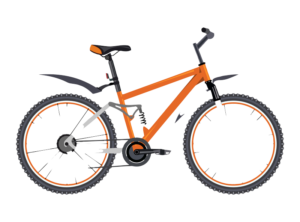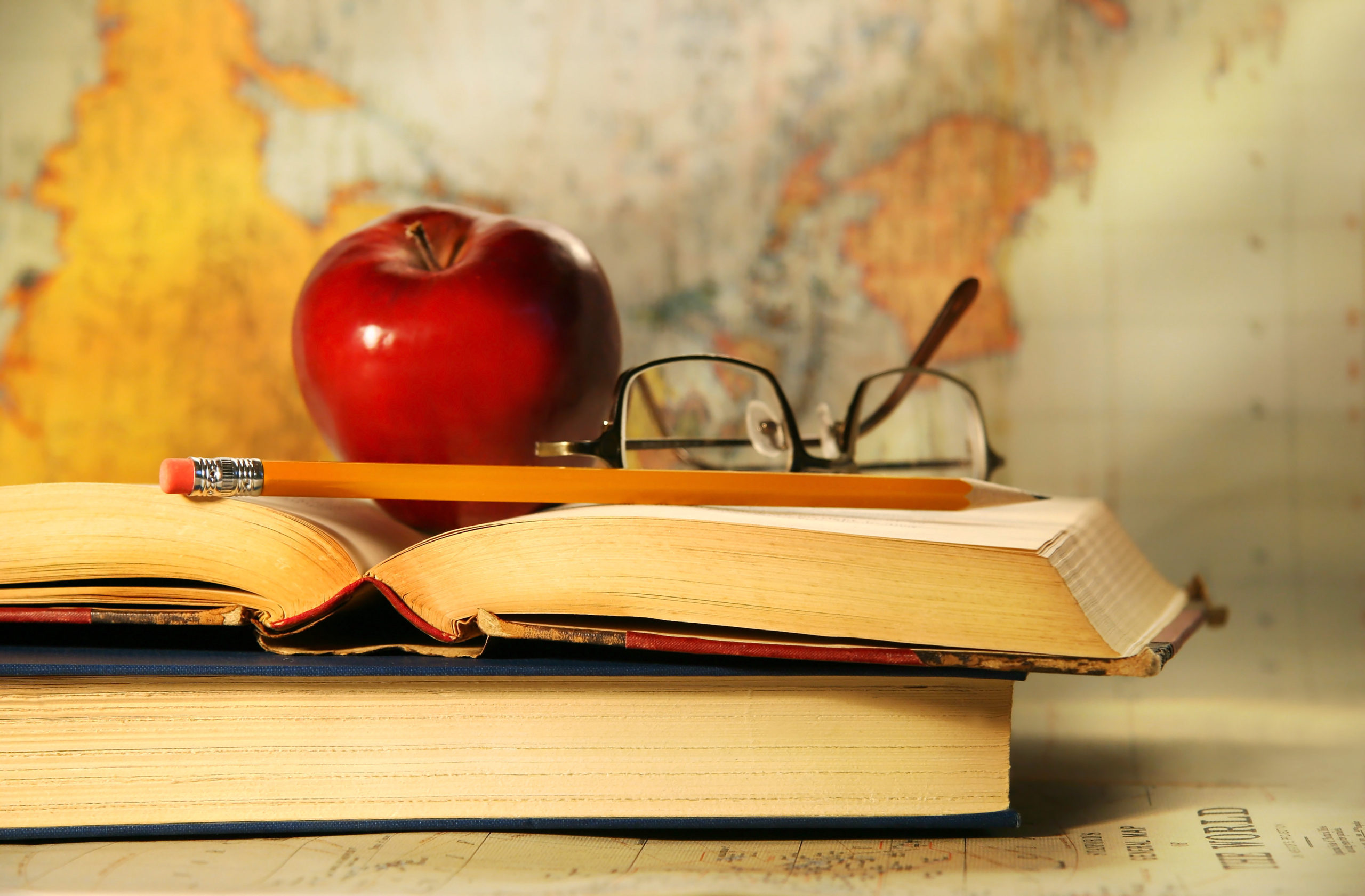It’s important to learn to read well. You should want to become the best reader you can be. Here’s why:
Reading is...
- the fundamental learning skill for success in school, but there are other good reasons as well.
- your most effective tool for gathering information, whether you want to read a recipe or learn about the universe.
- a major source of entertainment from books and other written sources.
- good, healthy activity for your brain, so its positive effects are far-reaching.
- a natural way to broaden your vocabulary and strengthen your thinking and writing skills.
Everyone Can Improve Their Reading!
Being a better reader is possible for anyone! Learning to read is actually pretty easy compared to some other things you’ve probably already learned. You just have to take the right steps in the right order.
Think about learning to ride a bicycle. What did you have to learn?
- First, you had to learn to balance;
- after that, you learned to balance and pedal;
- finally, you learned to balance, pedal, and steer, all at the same time!
It took a while to get the hang of it, but, once you knew how to do it, practice made you better and better. Now, when you ride, you don’t think about the steps; you just go!
It’s the same with reading. If you learn the right way, it’s not as hard as you might think. It just takes some time and practice.
What Do You Need to Learn to Read Well?
There are three basic tools you need to become a "proficient" reader. What do we mean by “proficient” reader? A proficient reader is a skilled reader, one who reads with accuracy, speed, expression, and comprehension.
So…what are the three tools you need to become proficient?
- To begin learning to read, you need a working vocabulary, words! Your working vocabulary is the supply of words that you understand and use.
- The second tool is the alphabet, your ABCs! This is the set of symbols we call "letters," and we use them to spell and write words.
- The third (and final) tool is an understanding of phonics. "Phonics" comes from the Greek word that means "sound." Understanding phonics rules helps you decode written groups of letters into the sounds they represent. At some point, the connection between letters and sounds will lock in.
This is the process of reading.
How Difficult Is It to Learn to Read Well?
Just like learning to ride a bike, learning to read takes practice. The more you practice, the more you’ll improve. Your decoding skills will become more automatic. You'll read more quickly with less effort. Your comprehension will improve, too. You'll understand more of what you read. Plus, your retention will also increase. You’ll remember more of what you read for a longer time.
As you advance, you’ll notice that your vocabulary is growing. Even your spelling will improve. That’s because, once you understand the symbol/sound connection, it works both ways. It helps you translate letters into sounds, but it also works in the reverse. It will also help you translate sounds back into letters.
But where do you start?
You may not know it, but you’ve already started!
You Started with Vocabulary
You need to have a vocabulary! Most children already have a basic vocabulary by the age of 4. In fact, experts say you actually have two vocabularies. You have what we’ll call it a “listening” vocabulary; these are words you understand when you hear them, but you don’t use them when you are speaking. You also have a speaking vocabulary; these are the words you not only understand but use in your speaking.
Just think about how many words you already know. How did you learn all these words? You learned them by hearing them spoken to you and around you. We learn our native language and our early vocabulary just by listening. And you will keep learning new words as long as there is conversation going on around you.
You Know More than You Realize
And there are a lot of words to learn, by the way. Harvard and Google did a study together and concluded there are more than a million words in the English. You’ve learned quite a few already, and you weren’t even trying! How many words do you think you know already? It’s surprising what the average child understands at ages 2 through 12.
A two-year-old child knows about 300 words. At 3, it’s about 1000 words. By the age of 4, it’s about 1600 words. At 5, your working vocabulary is about 2200 words. Since most children enter school at that age, vocabulary grows quickly after the age of 5. For the average 6-year-old, vocabulary increases to 6,000 words you use, but you actually know many more. By the age of 12, your vocabulary will have grown to 24,000 words. And, it will continue to increase. How much you read will be a factor in how much and how quickly it increases.
Yes, to learn to read well, you need a working vocabulary. However, if your vocabulary development has been average, you have enough vocabulary to begin.
Do You Know the Alphabet?
Well…what about the alphabet? It’s common for children learn their alphabet by the time they are 3 or 4 years old if someone takes the time to teach them. If you know your alphabet, and you’re sure you know it… you can check that off as well. However, if you don’t know it or don’t feel that you know it well enough, don’t worry. The alphabet is Step 1 in our program.
That just leaves learning phonics. Phonics is Steps 2 through 5 in the program.
You know you want to be a better reader. You also know why it’s important. We hope you know now that it’s possible. Now, you just need to know how you can make it happen. Here’s how…
7 Sound Steps to Reading
All you need is 7 Sound Steps to Reading. It's our structured phonics program for any age and any reading level.
- It’s simple,
- structured,
- stepwise, and
- self-paced.
And it’s free.
That’s how you can become a proficient reader…
…in 7 sound steps.
It’s well worth doing, so why not get started…at soundenglish.org.

